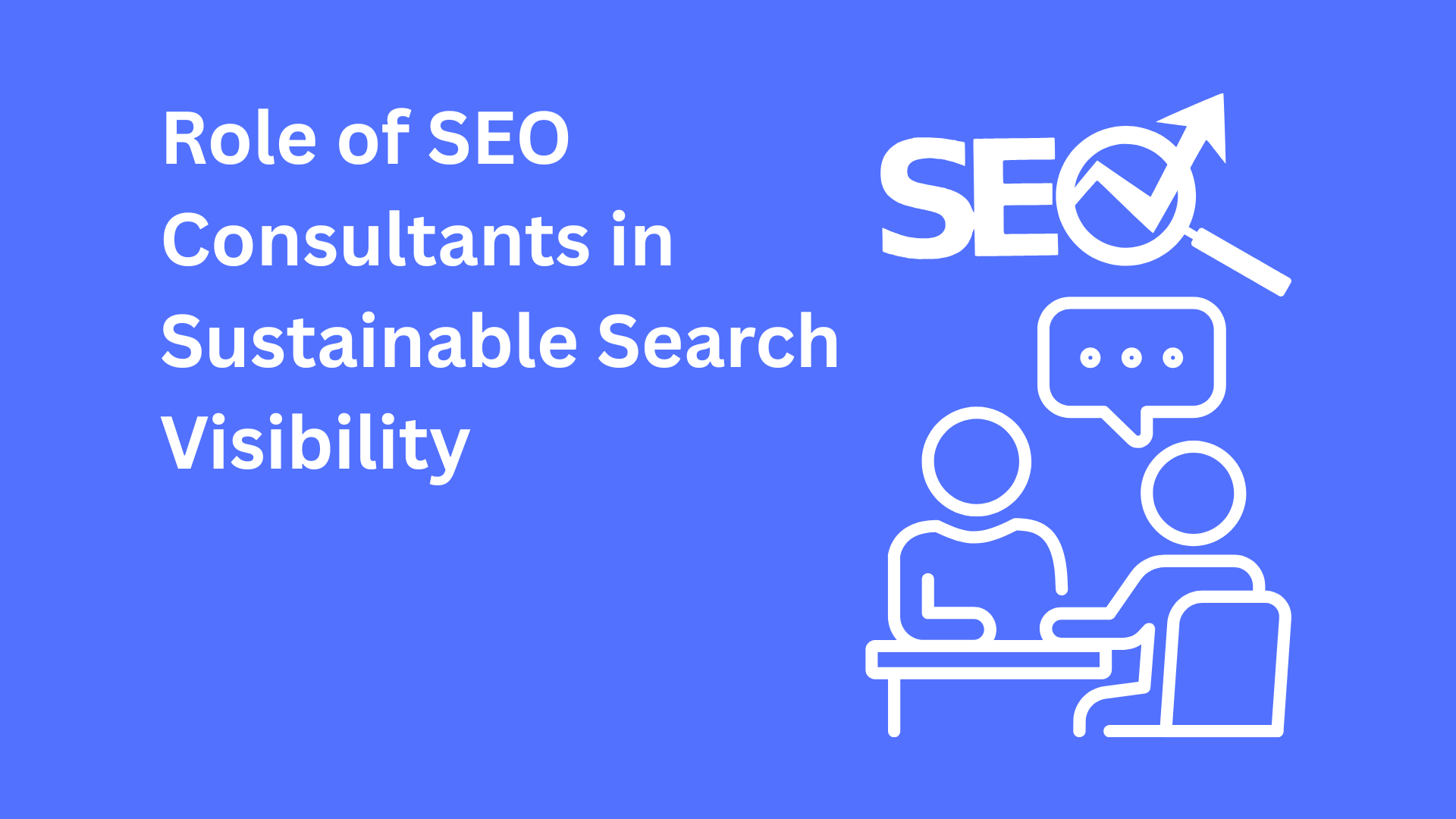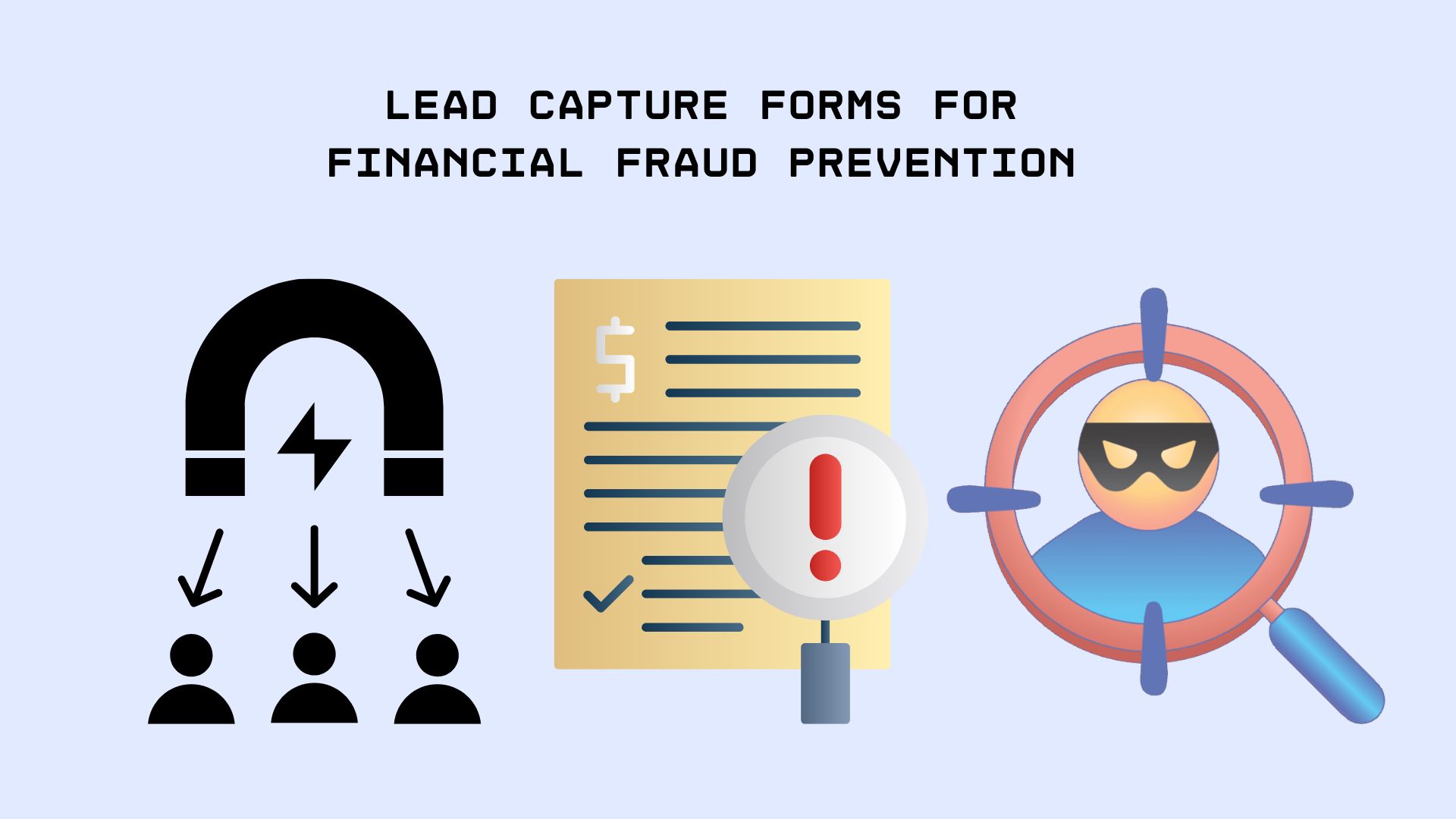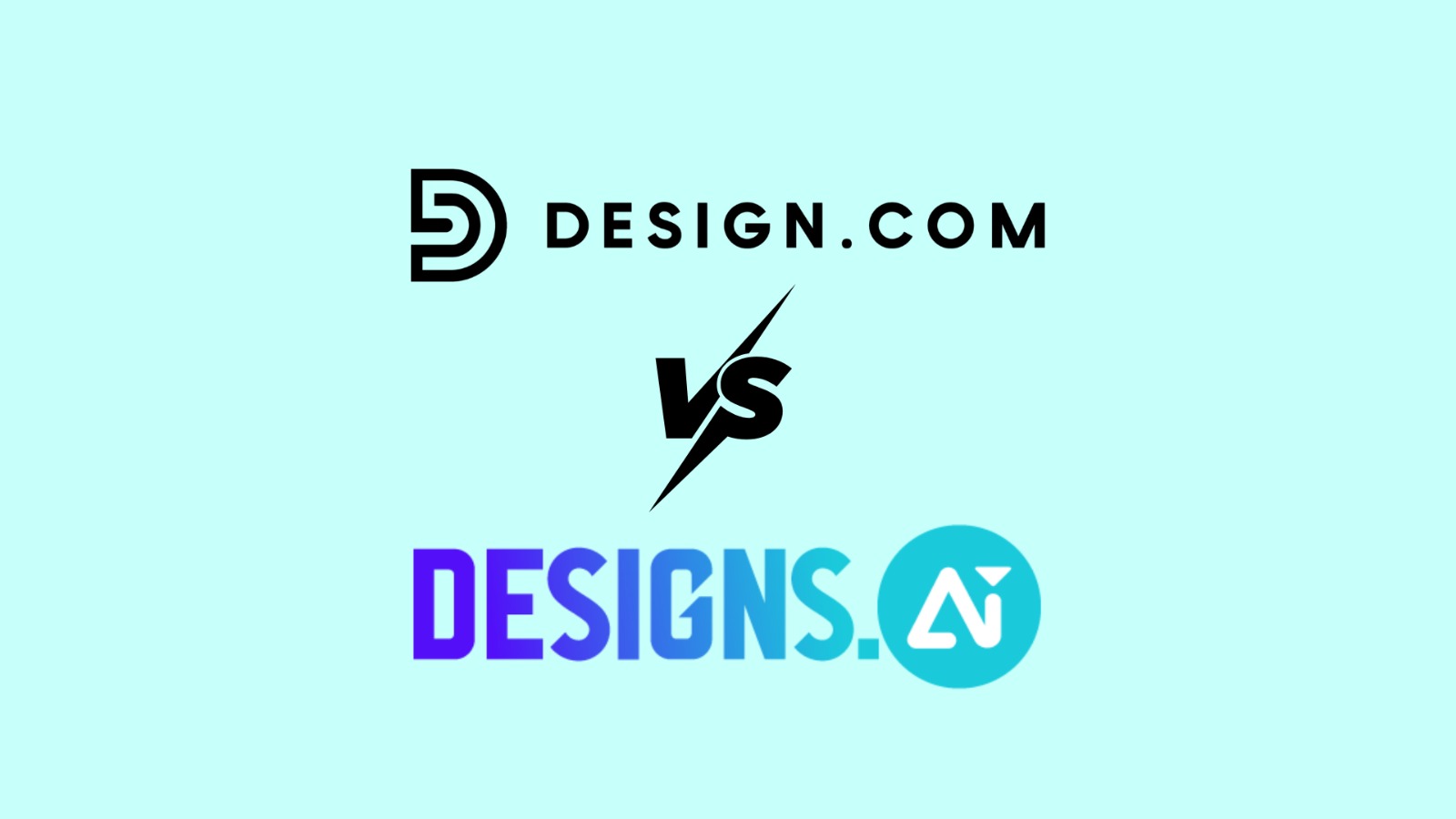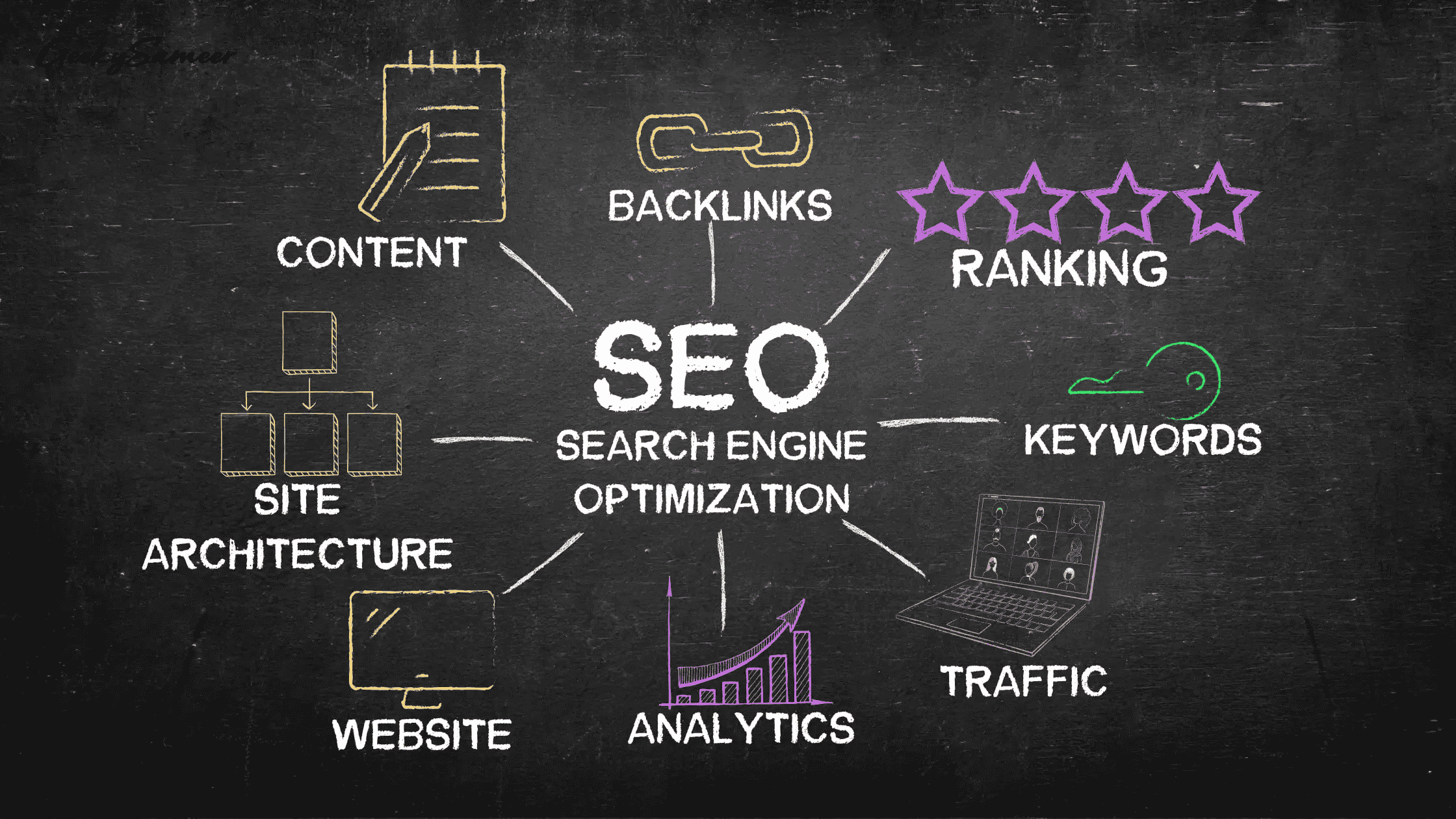Predictive Form Optimization with AI: From A/B Testing to Adaptive Learning
In the lead-generation landscape, forms remain one of your most critical elements for improving lead generation and user experience, and ironically, one of the most under-optimized.
Traditional A/B testing has served well for decades, but a new frontier is emerging: AI-driven form optimization that goes beyond variant testing and moves into continuous adaptive learning.
With machine-learning models that analyze user interactions in real time, autonomously test variations, and recommend high-performing designs, forms are no longer static components; they’re evolving conversion engines.
In this blog, we’ll explore how predictive form optimization works, why it matters, and how marketers and product teams can implement adaptive-learning approaches.
Why Traditional A/B Testing Isn’t Enough
A/B testing, comparing Form A vs Form B, has long been the gold standard for form optimization. But it has limitations:
- It assumes a static design space and fixed hypotheses; changes happen manually and infrequently.
- It cannot respond dynamically to different user segments in real time (e.g., new vs returning visitor, high-intent vs exploratory).
- It often overlooks micro-interaction behaviour (field hesitation, scroll behaviour, dropout at question n).
- It treats all users the same, rather than adapting based on context, signal, or behaviour.
UX research underscores the need for user-centred, dynamic adjustment. For example, the Nielsen Norman Group emphasises that usability testing early and often reveals subtle issues that static designs miss.
Meanwhile, Baymard’s benchmark research on checkout usability shows that forms and field flows are major abandonment levers, and optimisation here is key.
In short, forms that adapt are one of the most effective strategies for improved engagement and lead generation.
What Predictive Form Optimization Means
Predictive form optimization refers to systems that use data and machine learning to:
- Analyze user interactions (fields filled, time per field, route taken, device type, context).
- Test variations automatically by generating or selecting different design variants or flows.
- Predict which variant is most likely to lead to completion for a given user context.
- Adapt the form in real time (e.g., show shorter form to one user, different question ordering to another) based on model predictions.
- Learn continuously, updating models as new user behaviour emerges.
In effect, instead of “choose A or B, run test for 4 weeks”, your system continuously optimizes field logic, order, micro-copy, layout, and flows for each user segment.
How Machine Learning Drives Form Optimization

1. Interaction-data capture & feature generation
Every field typed, every hesitation (cursor hover), every abandonment at question 5 becomes a signal. Variables might include:
- Device type (mobile/desktop)
- Referral source (organic/paid/email)
- Number of pages visited before opening the form
- Scroll depth before form appears
- Time per field
- Number of corrections or back-tracking
- Prior conversion history
Using these features, you can train models that estimate completion likelihood or lead-quality probability, helping you maximize lead generation with effective online forms.
For teams new to AI-powered automation, exploring Generative AI essentials is a great way to understand how generative and predictive systems work together to personalize digital experiences.
2. Variant generation & autonomous testing
Rather than manually specifying variant A vs variant B, your system can generate multiple variants: shorter flows, reordered questions, different micro-copy, dynamic greetings, personalised headings (e.g., referencing the previous page the user visited).
Then, each user is directed to a variant based on model prediction, or the system chooses randomly to test and compare.
3. Predictive selection & routing
When the model predicts a low completion probability under the current version, the system might route the user to a “quick start” version with fewer fields, or trigger a live-chat alternative. For high-intent users, it might prompt deeper qualification questions (budget, timeline).
This is where real-time adaptation kicks in.
4. Continuous learning & optimization loop
As form usage and outcomes accumulate, the model refines its estimations. For example, the system may highlight “question 7 is the dropout hotspot for mobile users,” suggesting the team reword it or move it later. Over time, the form evolves, not just manually but autonomously.
Real-World Implementation Steps

Step 1: Audit your current form performance
- Collect baseline metrics: completion rate, time to submit, and field-by-field dropout.
- Segment by user type: mobile vs desktop, new vs returning, referral source.
- Run usability studies to identify friction
Step 2: Define your goals & model approach
- What’s your key metric? (form completions, lead quality score, demo bookings).
- Define features you’ll capture (behavioural, device, referral, context).
- Decide on predictive targets: “Probability of completion > X” or “Lead qualifies as enterprise”.
Step 3: Build or adopt an optimization engine
- Data capture layer: track fine-grained interaction.
- ML model: logistic regression, decision tree, gradient boosting, whatever fits your data size.
- Variant engine: branching logic, dynamic micro-copy, shortening flows.
- Routing logic: if predicted probability low → quick-form; if high → full-form + qualification.
- Dashboard: monitor variant performance, dropouts per field, and user segments.
Building a scalable predictive form system requires thoughtful architecture, from the variant engine and ML model to real-time routing and feedback loops. Developers and product teams can strengthen these skills through Generative AI system design, which explains how to architect adaptive AI systems that continuously learn and optimize user flows.
Step 4: Launch and monitor
- Run in phased fashion: maybe start with one high-traffic form.
- Use A/B testing principles but with multiple variants and model-based routing.
- Monitor key metrics: form completion rate, lead-quality conversion, time to submit, and abandonment by field.
- Use session recordings and heatmaps to validate where users hesitate
Step 5: Refine and expand
- Use model insights to adjust variant logic: e.g., move question 5 earlier, hide optional fields behind “advanced details”.
- Segment based on device, geography, referral source, and lead-type.
- Expand to other forms (e.g., signup form, checkout form, contact form).
- Consider training your team via technical courses.
Even as the system becomes more technical, UX fundamentals remain crucial.
Keep personalization transparent
When showing adaptive behavior (e.g., “Based on your interest in enterprise plan…”), clarify why the form is shifting. Transparency increases trust.
Minimize friction
Shorter flows for mobile users or new visitors will reduce abandonment. Checkout flow research indicates that ideal checkout flows have 12–14 elements, while average flows have 23+ field elements.
Segment your audience
Different user segments behave differently. Adaptive systems can identify segments (e.g., “high-intent returning visitor” vs. “first-time casual visitor”) and adjust accordingly.
Use conversational micro-copy and dynamic field ordering
Change question phrasing or question order based on signals: e.g., “Tell us your budget” vs. “What budget range are you exploring?” for different user types.
Maintain fallback & control
Always provide an option for a full form version or “Skip to advanced details”. Allow users control and freedom (another key heuristic from NN/g).
Respect accessibility & fairness
Adaptive systems must not exclude or disadvantage users. Ensure forms remain accessible and avoid bias in predictive routing.
Measuring Success & KPIs
When you deploy predictive form optimization, track both standard and specialized metrics:
- Form completion (submit) rate
- Drop-out rate by field (pre- and post-deployment)
- Time to complete the form
- Lead quality: conversion from form → opportunity/demonstration
- Variant performance by segment (mobile/desktop, new/returning)
- Engagement with “quick-start” vs “full-form” versions
- Predictive model accuracy: actual vs predicted completion likelihood
Use dashboards to monitor trend lines. A continuous improvement mindset means you’re not looking for “one large uplift” but small, ongoing increments in performance and quality.
Case Study: Adaptive Form in Action
Scenario: A B2B SaaS company uses a standard lead-capture form with 10 questions on its “Request Demo” page. Baseline completion rate: 18%. Lead-quality (demo booked) conversion: 22%.
Intervention:
- Capture interaction data for two weeks (device, referral, time per field, scroll depth).
- Build a completion model: features include returning visitor, pages visited > 4, mobile vs desktop.
- Create two variants: Quick-Start (5 questions) and Deep-Dive (12 questions, including budget & timeline).
- Routing logic: If predicted completion likelihood < 30% go to Quick-Start; > 30% go to Deep-Dive.
- Monitor performance for 30 days.
Results:
- Overall completion rate rose to 27% (+50 % uplift).
- Lead-quality conversion improved to 31%.
- On mobile, Quick-Start variant completion rate was 32% vs baseline mobile 15%.
- Model accuracy: 80% correct predictions on completion likelihood.
This shows how combining ML routing + adaptive flow + segmented UX provides meaningful uplift.
Challenges & Key Considerations
- Data volume and quality: ML models need sufficient interaction data. If your traffic is small, start with simpler logic (rule-based branching) and build data over time.
- Model drift: User behaviour evolves, so models must be retrained periodically to remain accurate.
- Privacy/ethics: Ensure you disclose the use of behaviour-based refinement, and give users control.
- Complexity vs maintainability: Too many variants can become unmanageable. Balance adaptive complexity with team capacity.
- Integration overhead: You need analytics/tracking, a variant engine, ML models, routing logic, and CRM integration, which may require significant setup.
- Team alignment: Cross-functional teams are key: UX, data science, product, and engineering must coordinate.
Future Trends in Form Optimization
- Multi-armed bandits and reinforcement learning: Instead of A/B/n testing, systems continuously explore and exploit the best variant for each user context.
- Zero-form capture: Conversational assistants or micro-interactions replace full form flows; predictive routing decides if a detailed form is needed.
- Voice and multimodal forms: As voice assistants and wearables proliferate, form fields may be replaced by voice or gesture input, with adaptive logic adjusting accordingly.
- Unsupervised clustering: Discover unknown user segments and tailor form flows dynamically without predefined segments.
- Ethical AI in forms: As personalization deepens, transparency and fairness become critical. Users should understand adaptive behaviours and consent to data usage.
Summary & Final Thoughts
Predictive form optimization with AI is not just a nice-to-have, but it is also a competitive differentiator.
By moving from static A/B testing to adaptive learning systems that personalize form flows, infer intent, and route users based on predicted completion likelihood, you can significantly boost both completion rate and lead quality.
Remember the foundational UX rules: keep questions relevant, reduce friction, ensure transparency, and respect usability heuristics.
Your roadmap is clear:
- Audit existing forms and capture interaction data.
- Define predictive models and variant logic.
- Launch adaptive flows, monitor results, iterate continuously.
- Train your team with relevant courses.
The forms you build today should be intelligent, adaptive, and conversion-optimized engines for tomorrow.







